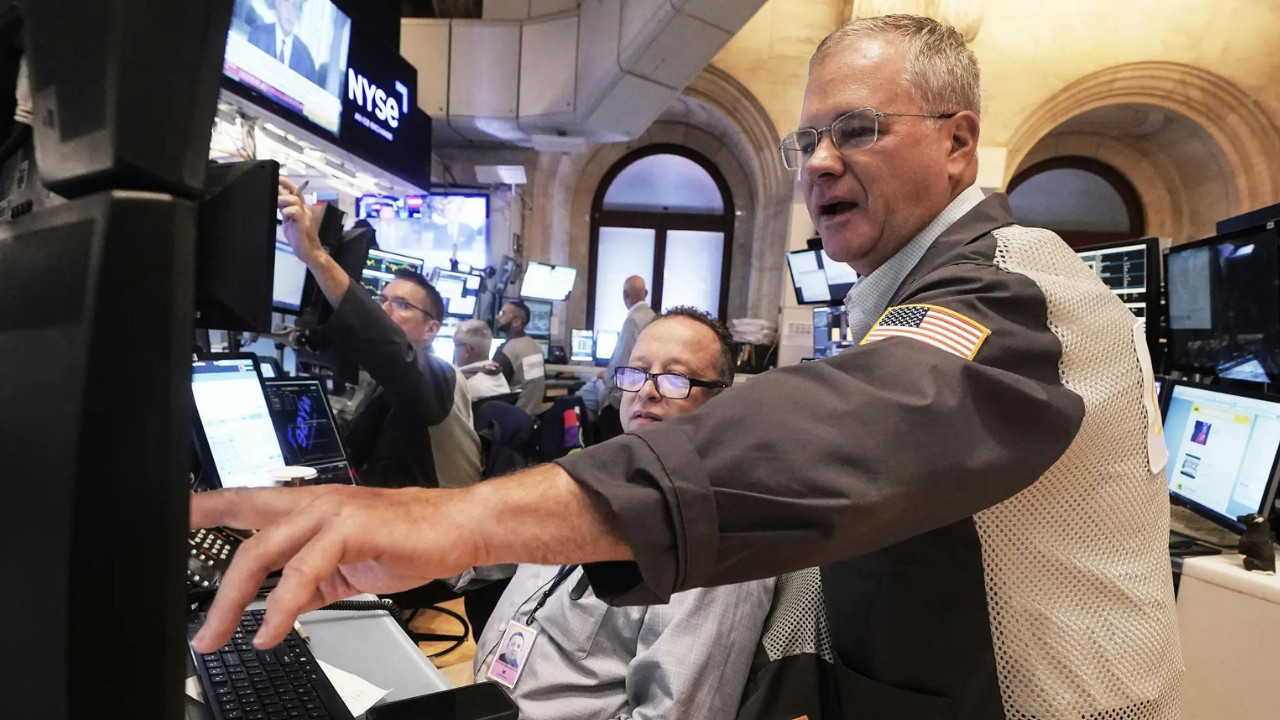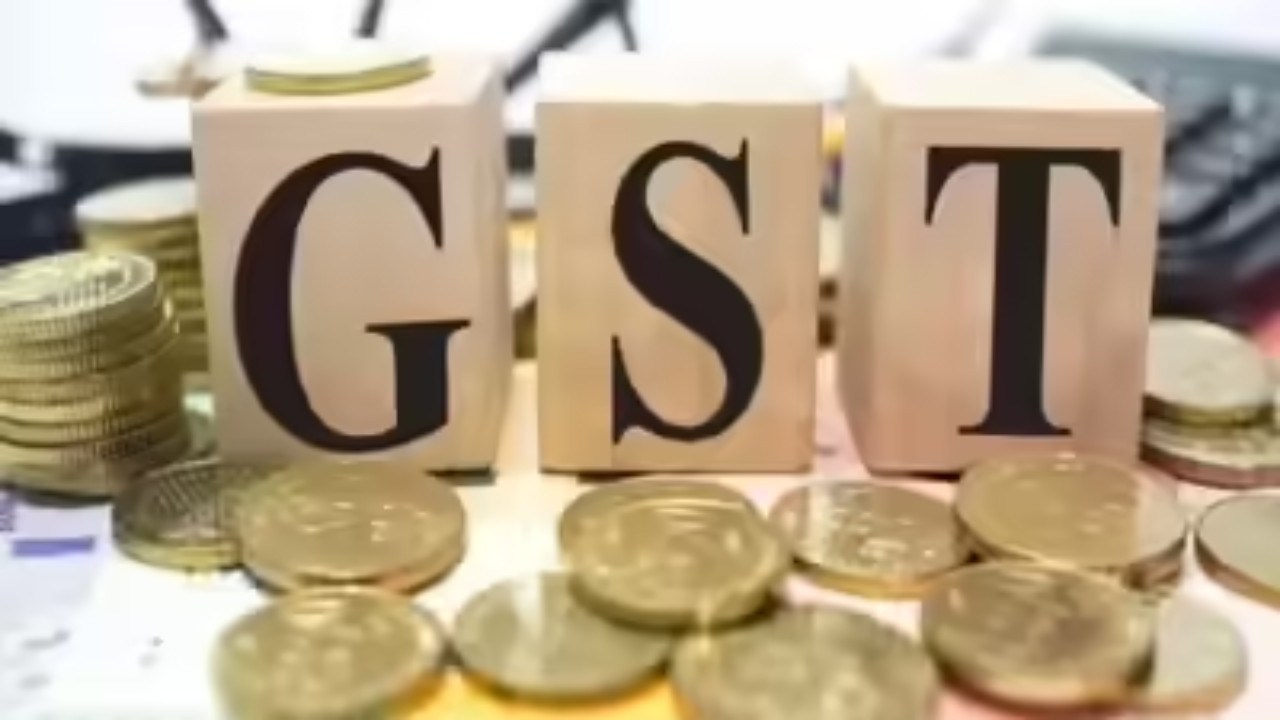Wall Street experienced a slight rise, poised for its best week in five, fueled by anticipation of a Federal Reserve interest rate cut. Investor sentiment is optimistic, driven by hopes that the Fed will ease rates to support growth. Mixed global market performance and rising Treasury yields reflect investor considerations of upcoming Fed actions.
Wall Street’s Mood Ring: Is a Summer Rate Cut Still in the Cards?
The air on Wall Street has been thick with anticipation, a feeling akin to waiting for that first summer blockbuster to hit theaters. All eyes are glued to the screens, not for explosions and superheroes, but for subtle shifts in economic data that might hint at the Federal Reserve’s next move. And lately, the narrative has become increasingly nuanced.
After a period where a summer interest rate cut seemed almost a certainty, a dose of reality has tempered expectations. The major indexes – the Dow Jones Industrial Average, the S&P 500, and the Nasdaq Composite – have reflected this uncertainty, experiencing a seesaw of gains and losses as investors digest the latest economic tea leaves.
So, what’s causing this change in sentiment? The answer, as usual, is multifaceted.
Firstly, the labor market, while showing signs of cooling, remains surprisingly robust. Job numbers haven’t plummeted as some had predicted, indicating the economy might still have some pep in its step. This resilience gives the Fed less urgency to jumpstart the economy with lower rates. A strong economy, after all, can handle slightly higher borrowing costs.

Secondly, inflation, the Fed’s primary nemesis, is proving to be a stubborn foe. While it has retreated from its peak, it hasn’t yet reached the Fed’s comfortable 2% target. Lingering inflationary pressures provide a strong argument for maintaining the current, restrictive monetary policy.
These factors have combined to create a situation where the path forward isn’t as clear-cut as it once seemed. It’s less of a smooth highway and more of a winding mountain road, with unexpected curves and changing elevations.
Navigating the Investment Landscape Amid Rate Cut Speculation
The market’s reaction has been a mixed bag. Certain sectors, particularly those sensitive to interest rates like real estate and utilities, have felt the pinch as the likelihood of near-term rate cuts diminishes. These sectors thrive on lower borrowing costs, which fuel investment and expansion. On the other hand, technology stocks, often driven by innovation and long-term growth potential, have shown more resilience, perhaps banking on the continued evolution of artificial intelligence and other transformative technologies.
The bond market is also sending signals. Treasury yields, which tend to move inversely with bond prices, have been fluctuating as investors reassess the trajectory of interest rates. This volatility makes it more challenging for companies to plan their financing strategies and for individuals to make long-term investment decisions.
Deciphering the Fed’s Signals: Will the Fed Cut Rates Soon?
One of the biggest challenges for investors is deciphering the Fed’s communication. Central bankers are masters of ambiguity, often using nuanced language that can be interpreted in multiple ways. This leaves market participants constantly trying to read between the lines of their pronouncements, searching for clues about the future direction of monetary policy.
What’s an investor to do in this environment of uncertainty? Diversification is key. Spreading investments across different asset classes and sectors can help mitigate risk and provide a buffer against market volatility. Consider also focusing on companies with strong fundamentals, solid balance sheets, and a proven track record of profitability. These businesses are better positioned to weather economic storms and deliver consistent returns over the long term.
Moreover, it’s crucial to remember that investing is a marathon, not a sprint. Trying to time the market perfectly is a fool’s errand. Instead, focus on building a well-balanced portfolio that aligns with your individual risk tolerance and investment goals. For more insights into crafting a resilient financial strategy, see our article on [building a diversified portfolio](/financial-planning/diversification-strategy).
The future of interest rates remains a guessing game. However, by understanding the underlying economic factors, closely monitoring the Fed’s communications, and maintaining a disciplined investment approach, you can navigate this uncertain terrain and position yourself for long-term success. While the possibility of a summer rate cut may have faded somewhat, the bigger picture for long-term investors remains unchanged: stay informed, stay patient, and stay the course.







